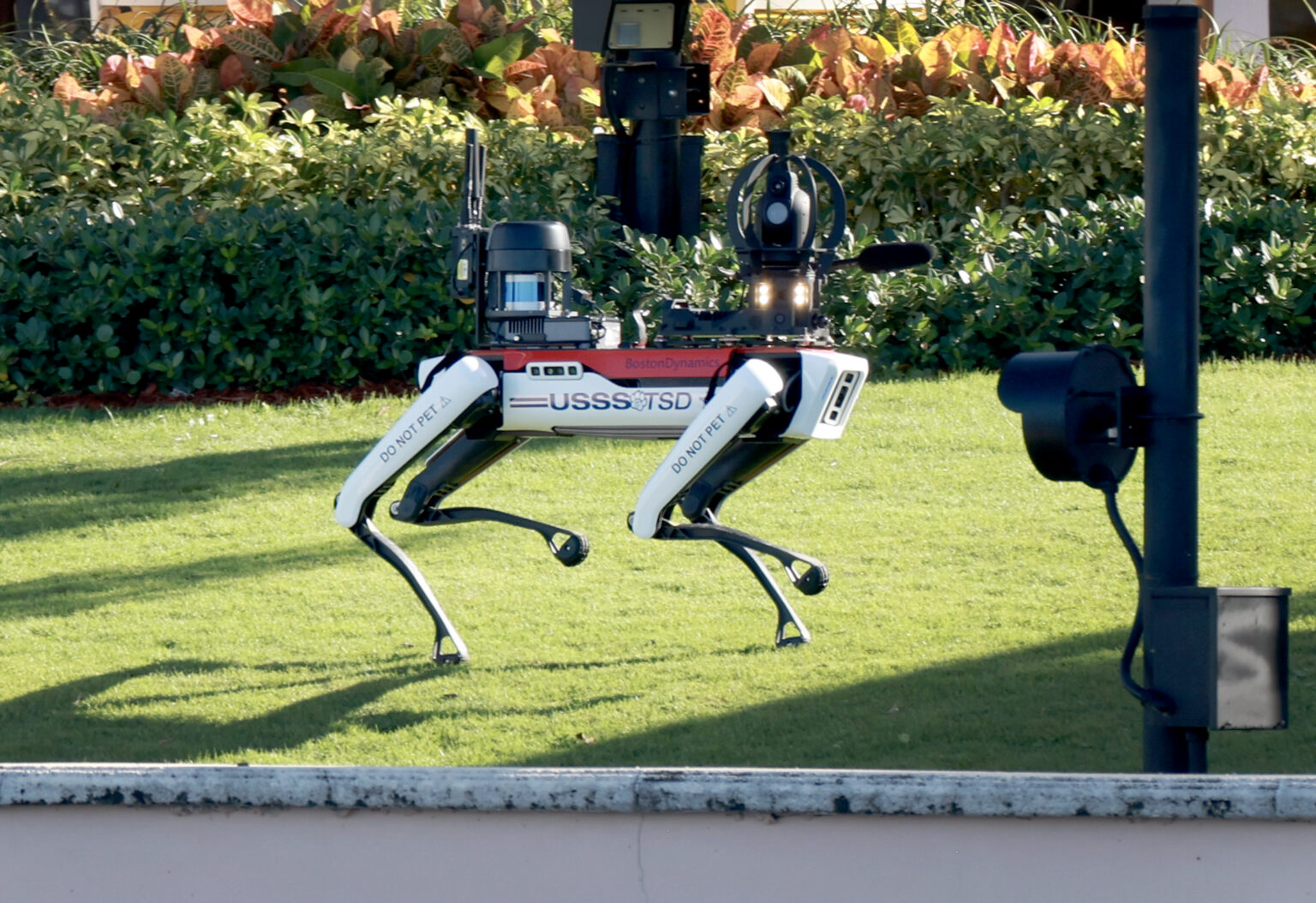A recent Metatrend report by Abundance360, The Rise of Humanoid Robots, covers projections of the humanoid robot’s entry into the workplace over the next decade.
The report finds that humanoid workers could impact industries such as agriculture, elder care, construction, manufacturing, and logistics by filling jobs that would otherwise be difficult to fill or expected to face significant labor shortages in the coming years
The report underscores the potential of humanoid robots to alleviate workforce challenges in aging populations and labor-intensive sectors, offering scalable solutions for roles that require physical dexterity, consistency, or round-the-clock availability. As industries grapple with evolving labor demands, the adoption of humanoid robots could redefine productivity benchmarks while reshaping traditional notions of employment.
Estimate of Economic Impact
The Rise of Humanoid Robots also aims to address fiscal impact. It references Goldman-Sachs’s prediction that humanoid robots would have a $38 billion market size by 2035, the most conservative estimate of their potential economic impact.
Goldmans’s low-end estimate pales in comparison to estimates by other research firms. The Macquarie Group estimates the market size to be $3 trillion (Macquarie Group). Cathie Woods’s ARK investments published report in September with a $24 trillion estimate (ARK Invest).
Elder Care
The Rise in Humanoid Robots also cites that elder care was likely to face a severe labor shortage by 2035 due to supply and demand as Boomers enter their golden years. Analysts say the “dependency ratio”— a measurement of the number of people over 70 against the number of younger people available to care for them—may worsen by 2030.
In the United States, for instance, the dependency ratio is expected to increase to 25%, meaning for one person over 70, there are four younger people who are available to care for them. That ratio is expected to be 35% in Europe and 50% in Japan by 2030. China may have more time to adapt even though the dependency ratio is expected to be 40% by 2040.
Of course, its not that there are four younger people who are ready and able to care for those over 70. Younger people will still have full-time jobs and families of their own to tend to and may only be able to allocate a portion of their time to caring for older persons. Humanoid robots could alleviate the load by handling basic care tasks, including preparing and serving simple meals, managing laundry, and assisting with bathing.
Related: 60% of States Mandate Adult Children to Support Aging Parents
While robots may efficiently handle menial chores in the background, many older individuals are likely to prefer the companionship and emotional connection of a human caregiver. By offsetting these time-intensive chores, robotic assistance allows human caregivers to focus on meaningful interactions, making elder care more manageable within their demanding schedules.
Hazardous Lines of Work
Robots can also assist with hazardous work.
SpaceX already uses robotic dogs designed by Boston Dynamics to assist with security at its test facility in Texas and collect data after test flights.
Meanwhile, The German Research Center for Artificial Intelligence created a demo of a robot that could be used for search and rescue in hazardous conditions.
Originally designed for extraterrestrial exploration, the robot incorporates systems capable of analyzing atmospheric conditions on Mars that are now repurposed to detect toxic gases in disaster zones. Its mobility features, engineered to withstand the rugged Martian terrain, prove equally effective in navigating harsh and unpredictable landscapes on Earth, positioning it as an invaluable tool in high-stakes search-and-rescue operations.
Other Applications and Inspirations
Boston Dynamics showcased its Atlas robot’s ability to move parts from one rack to another in a video. Since Elon Musk unveiled Tesla’s Optimus robot, Tesla has showcased its ability to walk around, serve drinks, and fold laundry.
Pop culture has already highlighted some tasks that robots could accomplish, such as a robot that can chop vegetables in the 2004 movie I, Robot. Some of these tasks have already (almost) become reality.
Related: Is Elon Musk’s Optimus Bot Too Close to I, Robot? Film’s Director Thinks So
Job Market Implications
Goldman-Sachs and Abundance360 anticipate that demand for humanoid robotic workers could reach between 1.1 million and 3.5 million by 2035.
That assumes robots replace between 5% and 15% of human workers in some industries, such as factory workers for the automotive industry and “special operations” positions.
The upfront cost for a humanoid robot can range widely, from $10,000 to $300,000, depending on its configuration, optional add-ons, and the complexity of the tasks it is designed to perform.
Robots may not come for your job quite yet.
However, if your job is hazardous, repetitive, or requires executing certain repetitive tasks, now would be a good time to consider retraining for another job.
This article is for informational purposes only and does not constitute financial advice. Neither Fiscal Report nor the author receive a commission through links in this content nor have any affiliation with any of the people or organizations mentioned in this article.


